The digital classroom has undergone a remarkable transformation. From basic video conferencing tools to sophisticated learning management systems, technology continues to redefine how we approach education. Now, a new player is making waves in the e-learning space: chatbots.
These AI-powered conversational agents are revolutionizing online education by providing instant support, personalized learning experiences, and round-the-clock assistance to students worldwide. As educational institutions grapple with increasing enrollment numbers and the demand for flexible learning options, chatbots in online education are emerging as a game-changing solution.
Whether you’re an educator, administrator, or student, understanding how these virtual teaching assistants work and their potential impact on learning outcomes is crucial. This comprehensive guide explores the current state of chatbot technology in e-learning, examines real-world applications, and looks ahead to what the future holds for AI-powered education.
Understanding Chatbots in the E-Learning Landscape
Chatbots in online education are AI-powered programs designed to simulate human conversation and provide automated responses to student queries. Unlike traditional customer service bots, these specialized virtual teaching assistants are trained on educational content and pedagogical principles.
These intelligent systems can handle a wide range of educational tasks, from answering basic questions about course schedules to providing complex explanations of academic concepts. Modern AI chatbots for learning utilize natural language processing (NLP) and machine learning algorithms to understand context, maintain conversation flow, and deliver increasingly sophisticated responses.
The technology behind educational chatbots has evolved significantly. Early versions could only handle simple, scripted interactions. Today’s advanced systems can analyze student learning patterns, adapt their communication style, and even detect emotional cues to provide more empathetic support.
Key Benefits of Implementing Chatbots in Online Learning
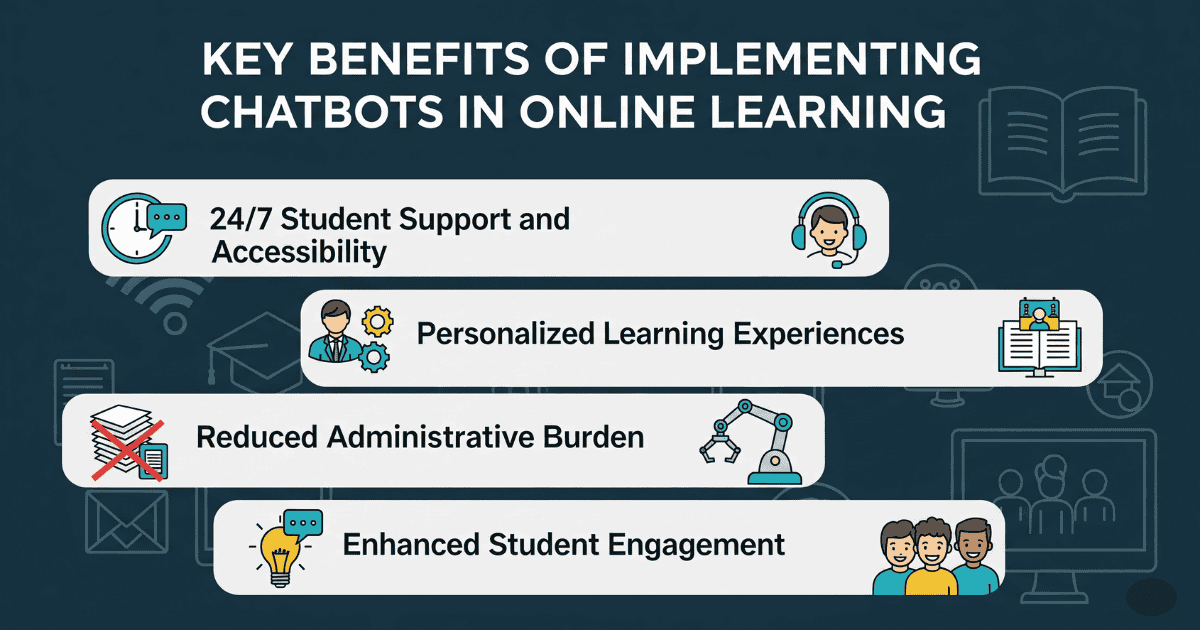
24/7 Student Support and Accessibility
One of the most significant advantages of chatbots in e-learning environments is their availability. Students often study outside traditional business hours, and questions arise at inconvenient times. Virtual teaching assistants provide immediate responses, eliminating the frustration of waiting for human support.
This constant availability proves especially valuable for international students in different time zones and working professionals who pursue education alongside their careers. Research shows that immediate feedback significantly improves learning retention and student satisfaction rates.
Personalized Learning Experiences
AI chatbots for learning excel at delivering personalized learning with AI capabilities. These systems analyze individual student performance data, learning preferences, and progress patterns to customize their interactions.
For example, a chatbot might recognize that a student struggles with mathematical concepts and automatically provide additional practice problems or alternative explanations. This level of personalization was previously impossible to achieve at scale in traditional classroom settings.
Reduced Administrative Burden
Educational institutions face mounting pressure to do more with fewer resources. Chatbots handle routine administrative tasks, freeing up human staff to focus on more complex student needs and pedagogical development.
Common administrative functions include course registration assistance, deadline reminders, grade inquiries, and basic technical support. This automation leads to significant cost savings and improved operational efficiency.
Enhanced Student Engagement
Student engagement tools powered by AI create more interactive and dynamic learning experiences. Chatbots can gamify learning through quizzes, challenges, and progress tracking. They maintain ongoing conversations with students, encouraging regular participation and study habits.
Interactive elements like polls, discussions, and instant feedback keep students actively involved in their learning journey, addressing one of the biggest challenges in online education: student isolation and disengagement.
Real-World Applications and Use Cases
Academic Support and Tutoring
Virtual teaching assistants serve as on-demand tutors, helping students work through complex problems step-by-step. They can explain concepts multiple times without frustration, adjust their teaching approach based on student responses, and provide additional resources when needed.
Advanced chatbots can even identify knowledge gaps and recommend specific learning materials or practice exercises to address weaknesses. This targeted approach improves learning outcomes while saving students time.
Course Navigation and Information Retrieval
Navigating complex learning management systems can overwhelm students, particularly those new to online learning. Chatbots serve as intelligent guides, helping students find specific course materials, understand assignment requirements, and locate important resources.
Instead of searching through multiple menus and pages, students can simply ask their virtual assistant questions like “When is my next assignment due?” or “Where can I find the reading list for Module 3?”
Language Learning Support
Language education represents one of the most successful applications of chatbots in online education. These AI-powered conversation partners provide safe spaces for students to practice speaking and writing without fear of judgment.
Chatbots can simulate real-world conversations, correct pronunciation errors, explain grammar rules, and adapt to different proficiency levels. They offer unlimited practice opportunities, which is particularly valuable for developing conversational skills.
Career Guidance and Academic Advising
Sophisticated chatbots help students make informed decisions about their academic and career paths. They can analyze student interests, skills, and performance data to suggest suitable courses, majors, or career opportunities.
These systems also provide information about job market trends, salary expectations, and required skills for different professions, helping students align their education with career goals.
Challenges and Limitations to Consider
Technology Integration Complexities
Implementing chatbots in online education requires significant technical expertise and infrastructure investment. Educational institutions must ensure their systems integrate seamlessly with existing learning management platforms, student information systems, and other EdTech tools.
Data security and privacy concerns also present major challenges. Educational chatbots handle sensitive student information, requiring robust security measures and compliance with regulations like FERPA and GDPR.
Maintaining Educational Quality
While chatbots excel at providing quick answers, they may lack the nuanced understanding that human educators bring to complex topics. There’s a risk that students might become overly dependent on automated responses rather than developing critical thinking skills.
Educational institutions must carefully balance automated support with human interaction to maintain academic rigor and ensure comprehensive learning experiences.
Student Acceptance and Adaptation
Not all students embrace AI-powered learning tools immediately. Some prefer human interaction and may feel frustrated when dealing with chatbots that don’t understand their specific needs or communication styles.
Successful implementation requires careful change management, training, and ongoing support to help students understand the benefits and limitations of their virtual assistants.
The Future of AI-Powered Education Technology
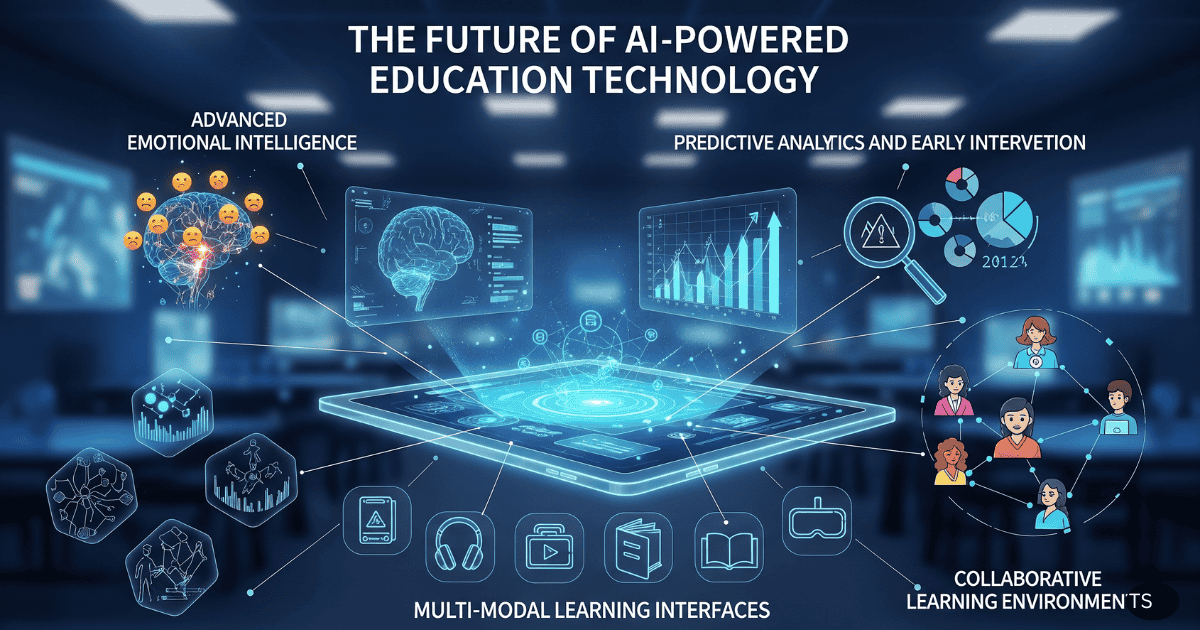
Advanced Emotional Intelligence
The next generation of AI chatbots for learning will incorporate sophisticated emotional intelligence capabilities. These systems will detect student stress, frustration, or confusion through text analysis and respond with appropriate emotional support.
This emotional awareness will enable chatbots to provide more empathetic interactions and alert human instructors when students need additional support.
Predictive Analytics and Early Intervention
Future chatbots will leverage predictive analytics to identify students at risk of dropping out or failing courses before problems become critical. By analyzing engagement patterns, performance trends, and communication data, these systems can trigger early intervention strategies.
This proactive approach could significantly improve student retention rates and academic success outcomes.
Multi-Modal Learning Interfaces
EdTech innovation is moving toward more sophisticated interfaces that combine text, voice, visual, and even virtual reality elements. Future chatbots will support multiple communication channels, allowing students to interact through their preferred methods.
Imagine virtual teaching assistants that can explain complex scientific concepts through 3D visualizations while maintaining natural conversation about the topic.
Collaborative Learning Environments
Advanced chatbots will facilitate peer-to-peer learning by connecting students with similar questions, forming study groups, and moderating collaborative discussions. These systems will understand group dynamics and help create more effective learning communities.
Preparing for Implementation: Best Practices
Start with Clear Objectives
Successful chatbot implementation begins with clearly defined goals and use cases. Educational institutions should identify specific problems they want to solve and measure success accordingly.
Whether the focus is improving student satisfaction, reducing support costs, or enhancing learning outcomes, having clear objectives guides technology selection and implementation strategies.
Invest in Quality Training Data
The effectiveness of AI chatbots for learning depends heavily on the quality of their training data. Institutions should compile comprehensive databases of common student questions, appropriate responses, and educational content.
Regular updates and refinements ensure chatbots stay current with curriculum changes and evolving student needs.
Maintain Human Oversight
While automation provides significant benefits, human oversight remains essential. Educational professionals should regularly review chatbot interactions, identify areas for improvement, and ensure responses align with institutional values and educational standards.
Focus on User Experience
The most sophisticated chatbot technology fails without a good user experience design. Chatbots should be easy to access, understand user intent quickly, and provide clear, helpful responses.
Regular user feedback collection and interface testing help optimize the student experience and increase adoption rates.
Transforming Education Through Intelligent Automation
The integration of chatbots in online education represents more than just technological advancement—it signals a fundamental shift toward more accessible, personalized, and efficient learning experiences. As these AI-powered systems continue to evolve, they promise to address many of the persistent challenges facing online education.
From providing instant support to delivering personalized learning with AI, virtual teaching assistants are becoming indispensable tools for both educators and students. The key to success lies in thoughtful implementation that combines the efficiency of automation with the irreplaceable value of human expertise and empathy.
Educational institutions ready to embrace this transformation should start by identifying specific use cases, investing in quality technology partnerships, and maintaining focus on student outcomes. The future of online education is intelligent, responsive, and available 24/7—powered by the continued evolution of chatbot technology.


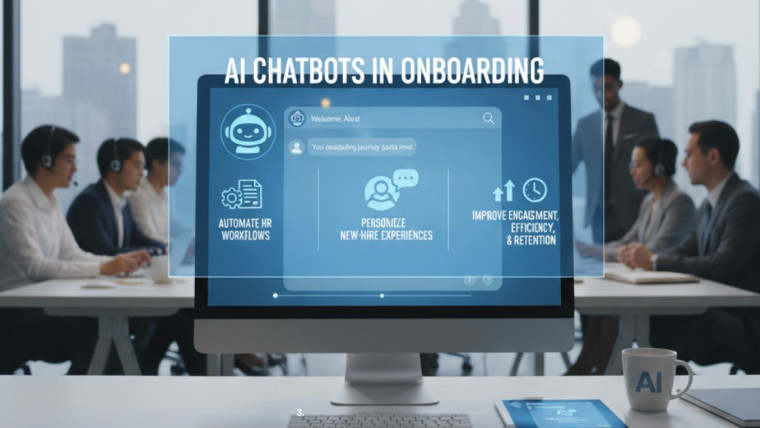


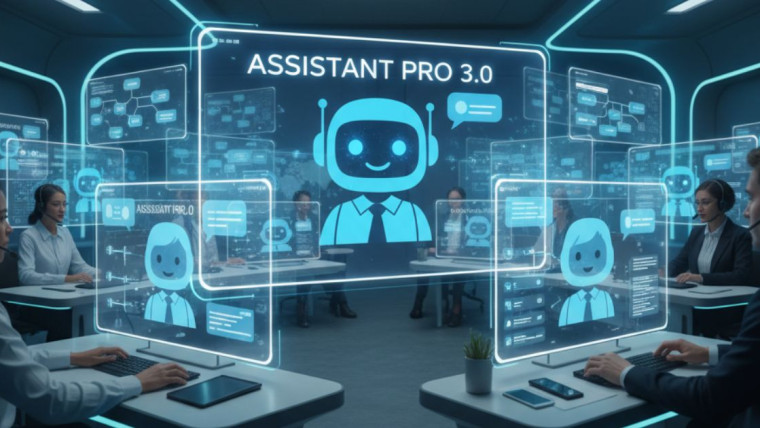
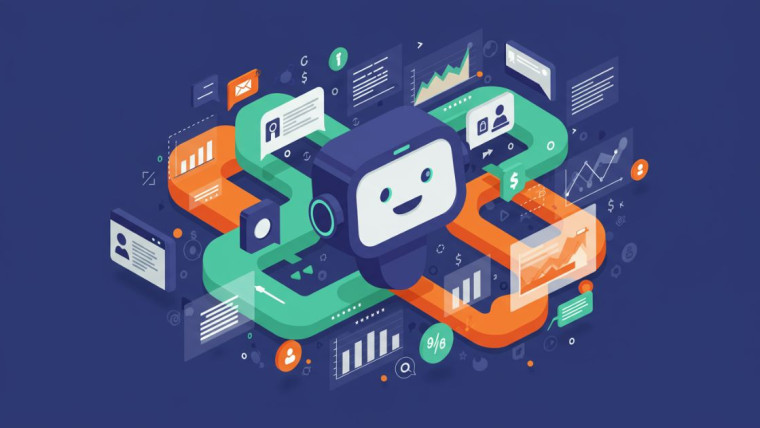

Chatbots for Customer Retention: How AI Improves Loyalty and Reduces Churn
Transforming Employee Onboarding with AI Chatbots: A Step-by-Step Guide
Emergency Response Chatbots: Revolutionizing Crisis Management with AI
Revolutionizing Recruitment: How Chatbots Streamline Hiring Processes and Elevate Talent Acquisition